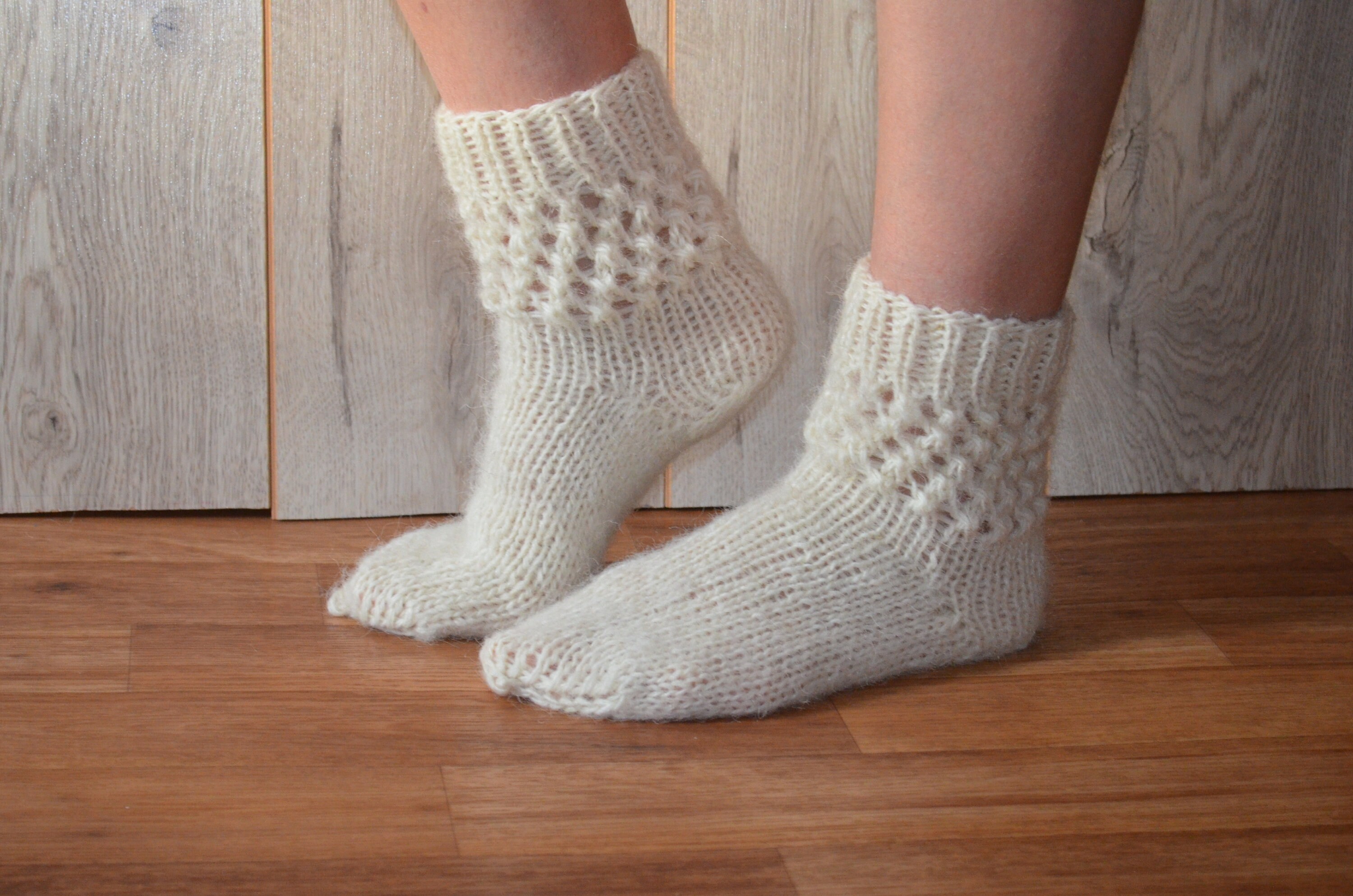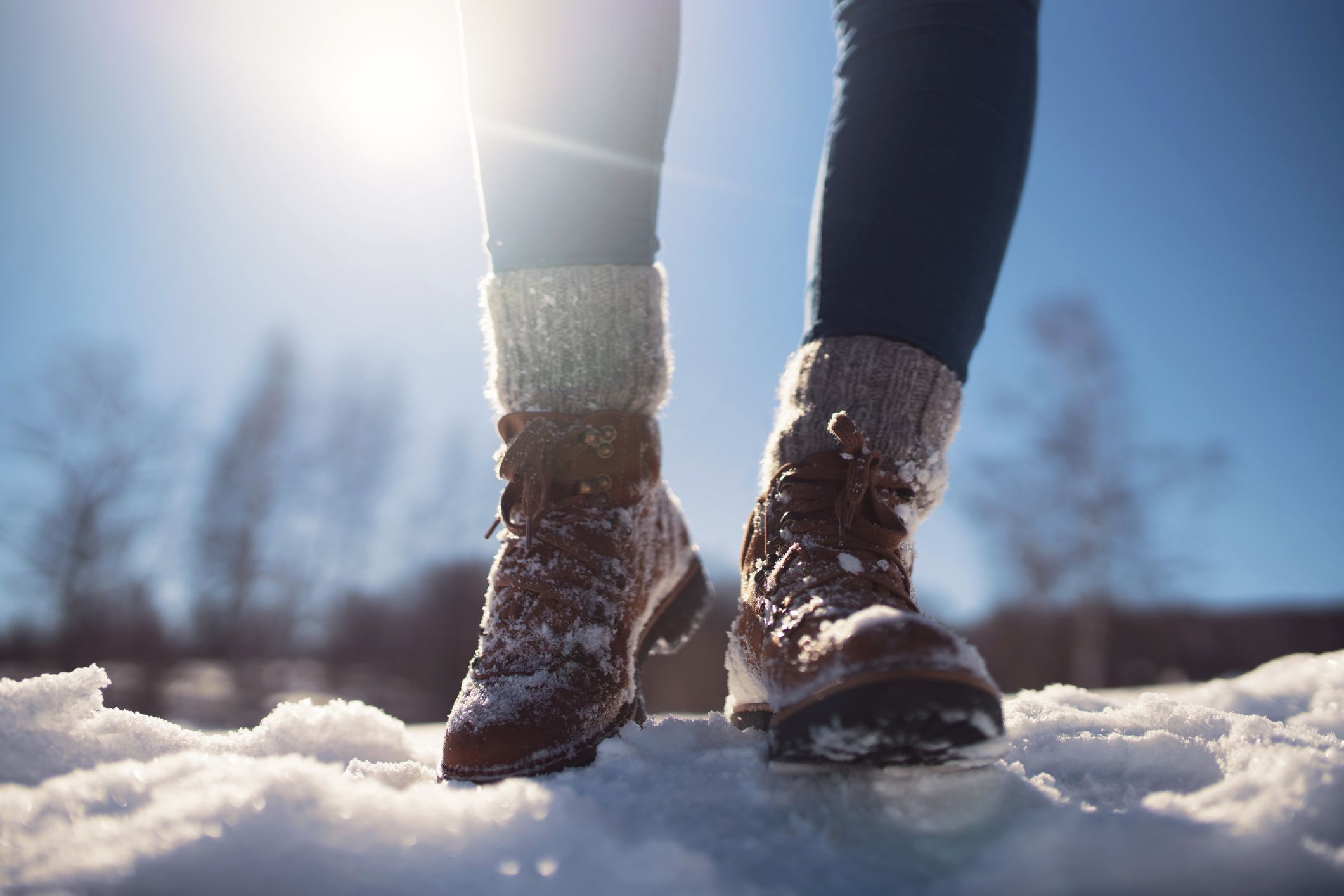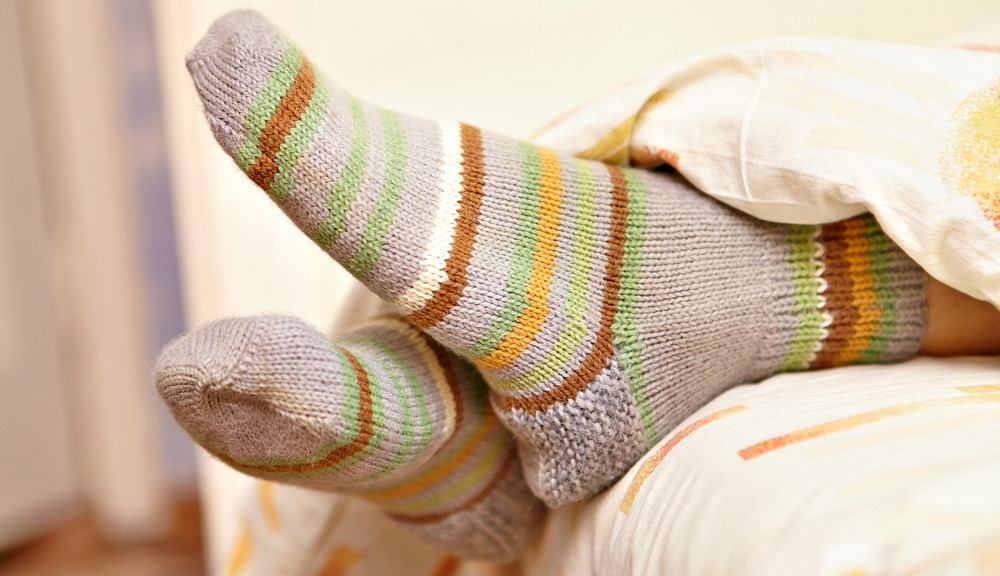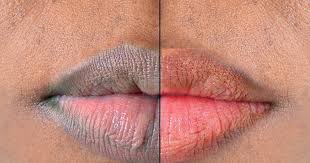Winter is typically linked with freezing temperatures, snow, and ice. While some individuals may enjoy the chilly season, others might not relish it due to the need to layer up to stay warm. However, one item that can significantly improve your comfort level during the winter months is a pair of warm socks.
Although it may seem trivial, warm socks can play a vital role in keeping you cozy during cold seasons.
Here are some of the reasons why warm socks are essential during cold seasons.
1. Keeps Feet Warm
Your feet should be kept warm during colder months by wearing thick socks. In addition to being uncomfortable, having cold feet can result in health problems, including frostbite. Your feet benefit from the insulation that warm socks provide by retaining heat and preventing it from escaping. This helps to keep your body at a comfortable temperature while keeping your feet warm.
Did you read this?

2. Prevents Moisture Buildup
When wearing the wrong kind of socks during the colder months, moisture can build up, which can be uncomfortable and even dangerous. Moisture accumulation can cause blisters, chafing, and even fungus diseases. Warm socks are frequently comprised of materials that wick away moisture, keeping your feet dry and preventing moisture buildup. This keeps your feet more comfy and guards against future health problems.
3. Improves Circulation
Wearing warm socks during cold seasons can also improve circulation. When the weather is cold, blood vessels in the body constrict, reducing blood flow. This can lead to cold feet and other circulation-related issues. Warm socks can help improve circulation by keeping blood vessels dilated, allowing blood to flow freely through the body.
4. Protects Against Cold-Related Health Issues
Numerous health problems can be brought on by the cold, especially in populations that are more susceptible to them, like the elderly and those with weakened immune systems. By keeping feet warm, reducing moisture buildup, and enhancing circulation, warm socks can help prevent several health problems. Frostbite, hypothermia, and Raynaud's illness are a few conditions that can be avoided by wearing warm socks in the cold.

5. Enhances Comfort and Overall Well-Being
Wearing warm socks can also enhance overall comfort and well-being during cold seasons. Cold feet can be uncomfortable and distracting, making it difficult to focus on tasks or enjoy outdoor activities. Warm socks can help prevent discomfort and allow you to enjoy the season without worrying about the cold.
6. Choosing the Right Warm Socks
Not all warm socks are created equal. When choosing warm socks for cold seasons, it is important for you to be extra careful
8. Material
Look for socks made from moisture-wicking materials such as wool or synthetic blends. Avoid cotton socks, as they tend to retain moisture and can lead to discomfort and potential health issues.
9. Thickness
Consider the thickness of the socks based on your needs. Thicker socks provide more insulation and warmth but may not be suitable for all types of shoes or activities.
10. Fit
Make sure the socks fit properly and do not restrict blood flow. Socks that are too tight can lead to circulation-related issues, while socks that are too loose may not provide adequate warmth.












